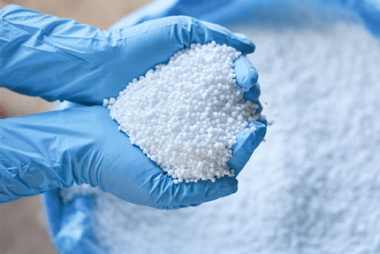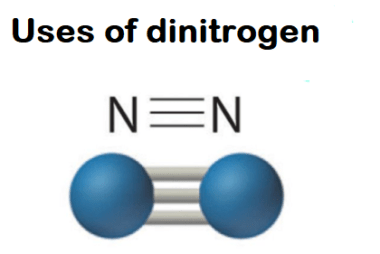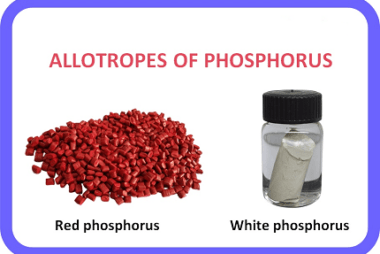Group 15 Ammonia
Group 15 in the periodic table includes nitrogen (N), phosphorus (P), arsenic (As), antimony (Sb), and bismuth (Bi). Ammonia (NH3) is a compound that contains nitrogen from this group. Ammonia is a colorless gas with a pungent odor. It is highly soluble in water and is commonly used as a household cleaner, refrigerant, and in…









